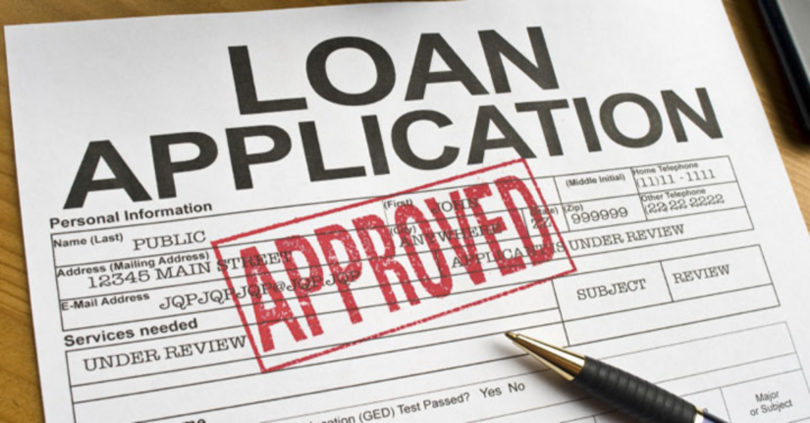- More than 80% of the debt is in bank loans
- Debt is distributed among 545 316 household borrowers
- Most borrowers earn less than P20K per month
GAZETTE REPORTER
As at 31 December 2021, total household debt amounted to P58.5 billion, a new report released by the Bank of Botswana (BoB) shows.
According to the Household Indebtedness Survey Report of 2021/22, the household debt comprises bank loans (88.5 percent), micro-lender loans (11 percent) and hire purchase credit (0.5 percent).
Household debt as a percentage of GDP
“As a percent of Gross Domestic Product (GDP), total household debt was 29.9 percent in the same period, slightly below 31.7 percent in 2020,” the report reads. “Combined with arrears, household debt was P59.2 billion, translating into 30.3 percent of GDP.”
The report shows that in the period under review, there were 545 316 household borrowers, comprising 312 927 (57.4 percent) males and 232 389 (42.6 percent) females at banks, micro-lenders and hire purchase stores.
The BoB survey indicates that household borrowers aged 30 to 49 years actively participated in the credit market at 65.5 percent (70.6 percent in 2020), followed by those aged 50 years and above (24.6 percent) and those less than 30 years (9.8 percent).
“Most of the household borrowers were government employees, including parastatals (53.4 percent), followed by private sector employees (44.7 percent),” the report says. “Those that are self-employed accounted for 1.2 percent while the unemployed individuals accounted for 0.7 percent of total household borrowers.”
“Relating to credit provision based on monthly income levels, most borrowers earned monthly income ranging from P3 000 to P19 9994 (53.3 percent), followed by those who earned P20 000 and above (34.1 percent), while those earning less than P3 000 per month constituted 12.6 percent of borrowers.”
Rejected applications
Furthermore, the BoB report shows that during 2021, a total of 15 248 loan applications, valued at P3.5 billion and representing approximately 14.5 percent (23 percent in 2020) of total loan applications, were rejected by banks.
“The survey indicates that rejections were mainly due to observed bad management of personal bank accounts; failure to meet minimum employment period and thresholds such as the debt-to-income ratio (reflecting over-indebtedness); failure to agree on the rate of interest by the bank and the customer; and rejection of property presented as collateral due to poor structural soundness (in the case of mortgage loans),” the report reads.
Availability of credit
According the BoB report, most banks are of the view that income, economic outlook and risk appetite had a high impact on the availability of credit during 2021 and expect the same factors, together with cost of funding, to have a similar impact in 2022.
“Nine banks had a dominant unfavourable view of credit supply conditions (or unwillingness to supply credit) in 2021 compared to 8 banks for 2022,” the report says.

